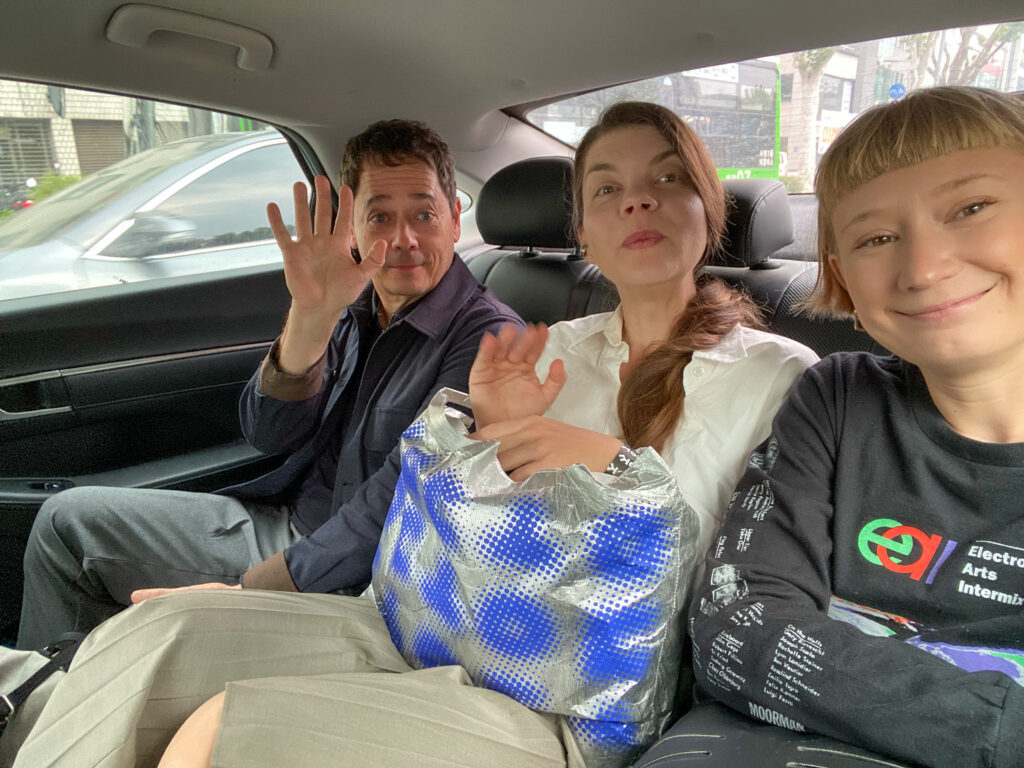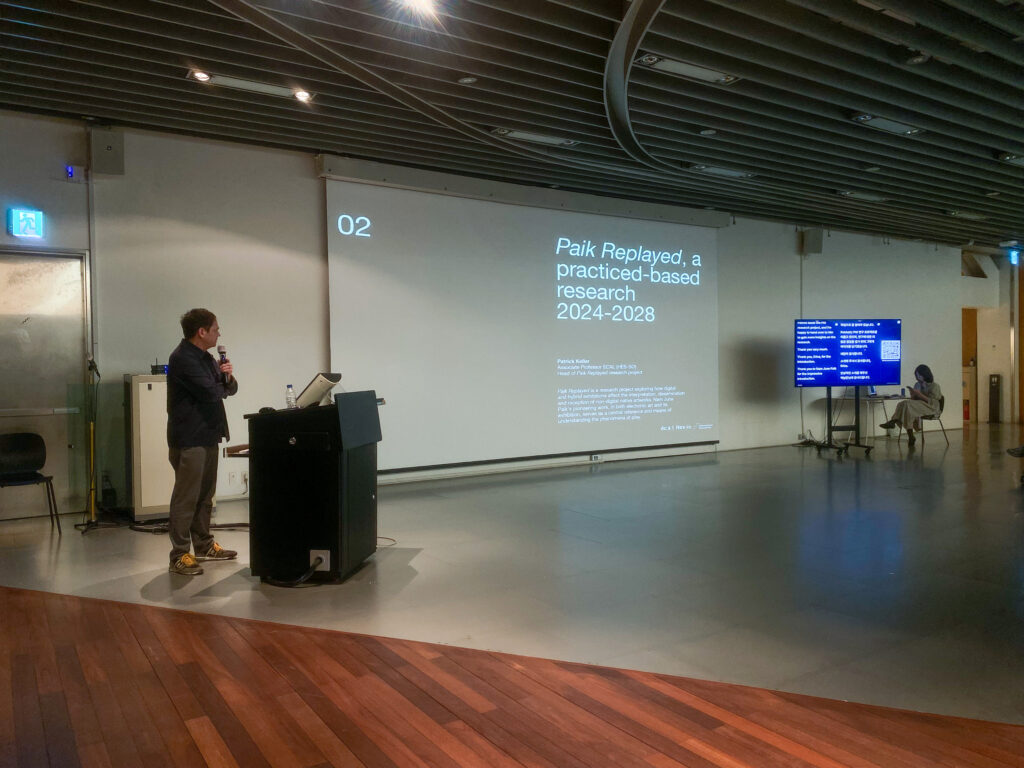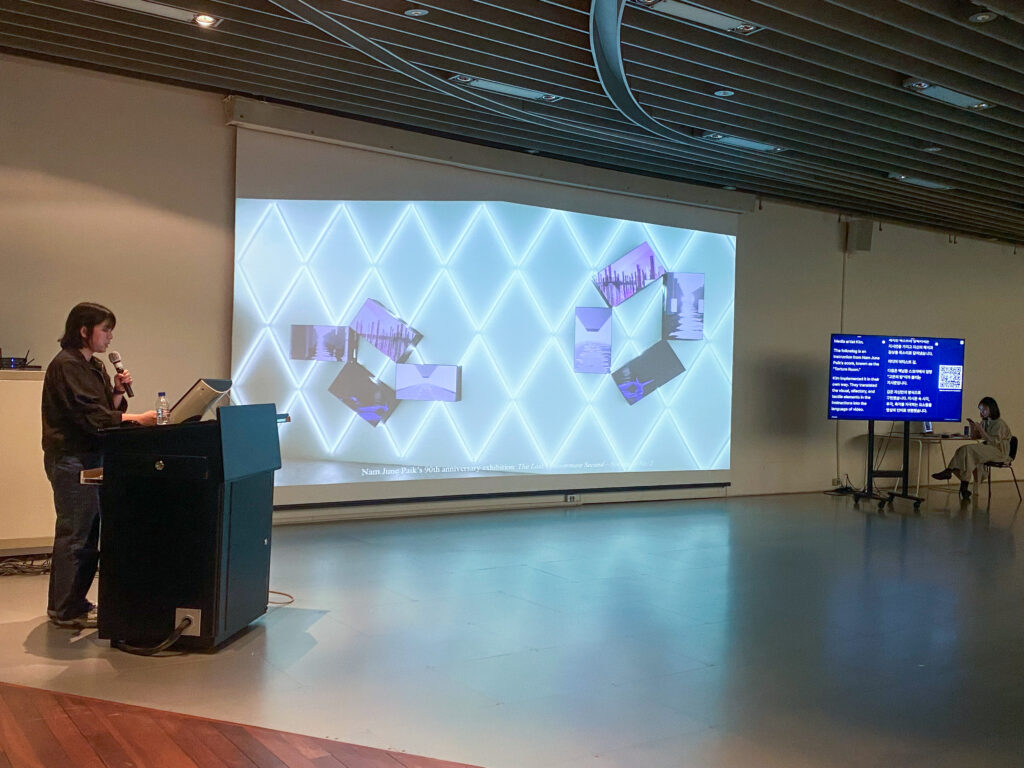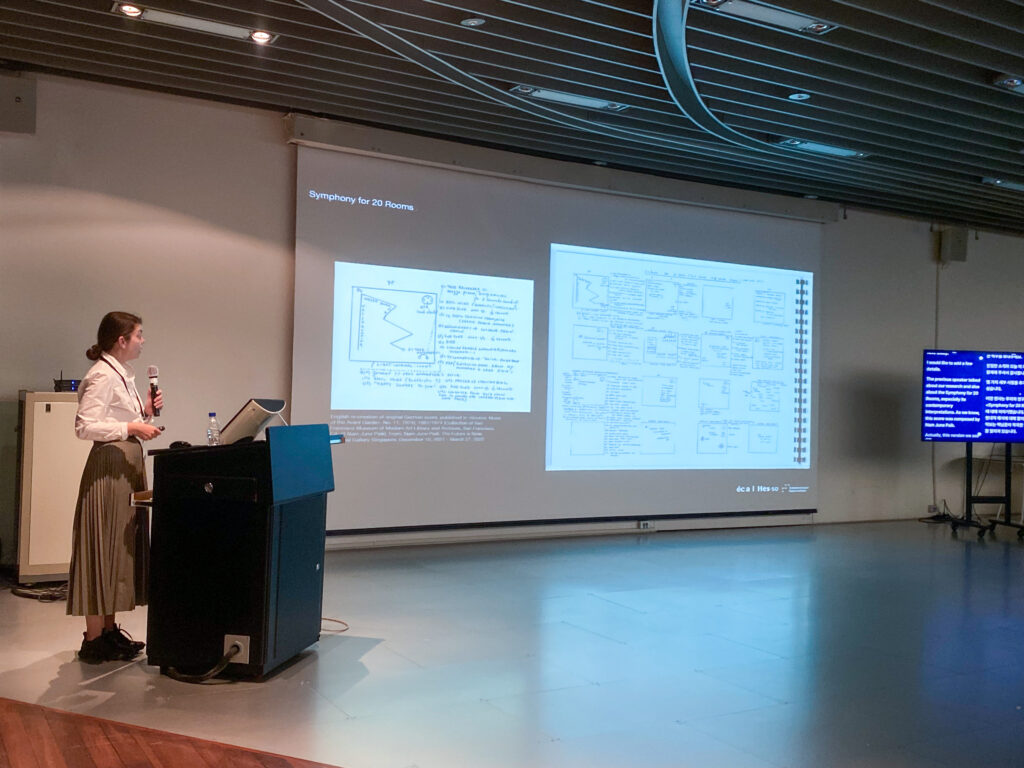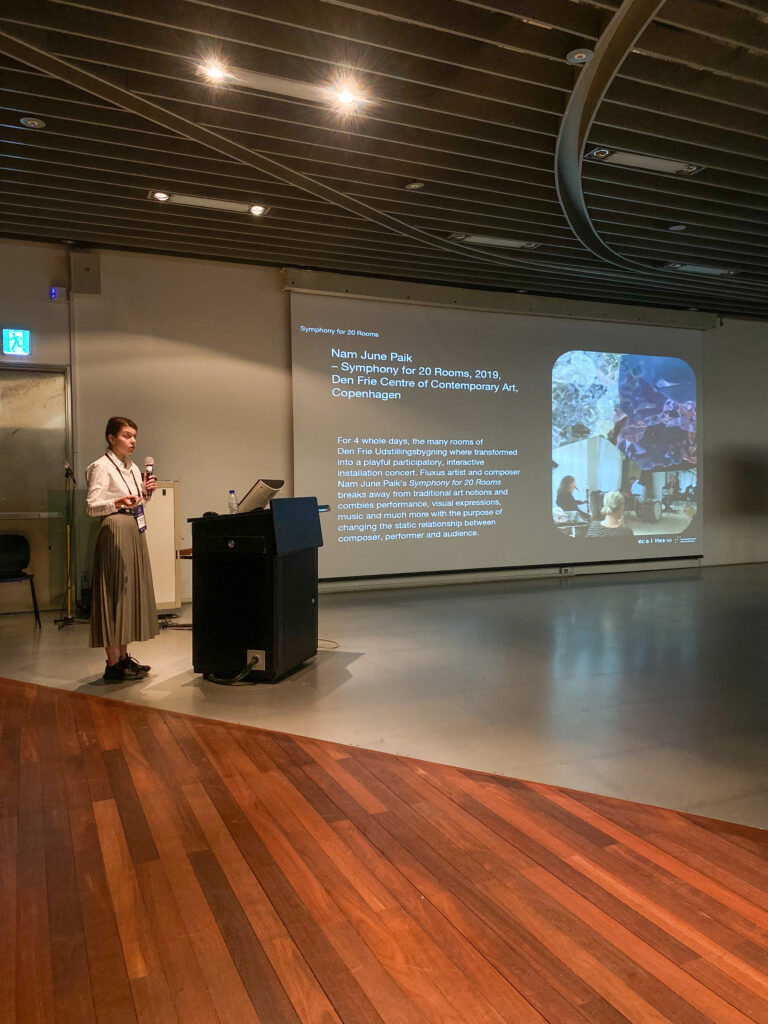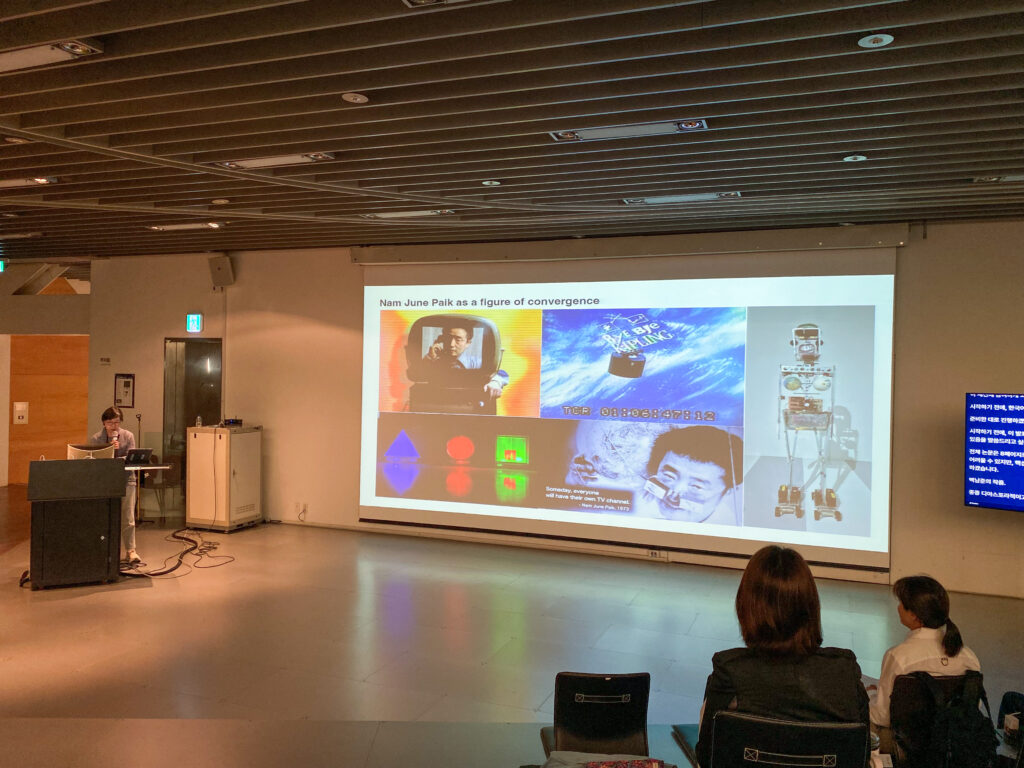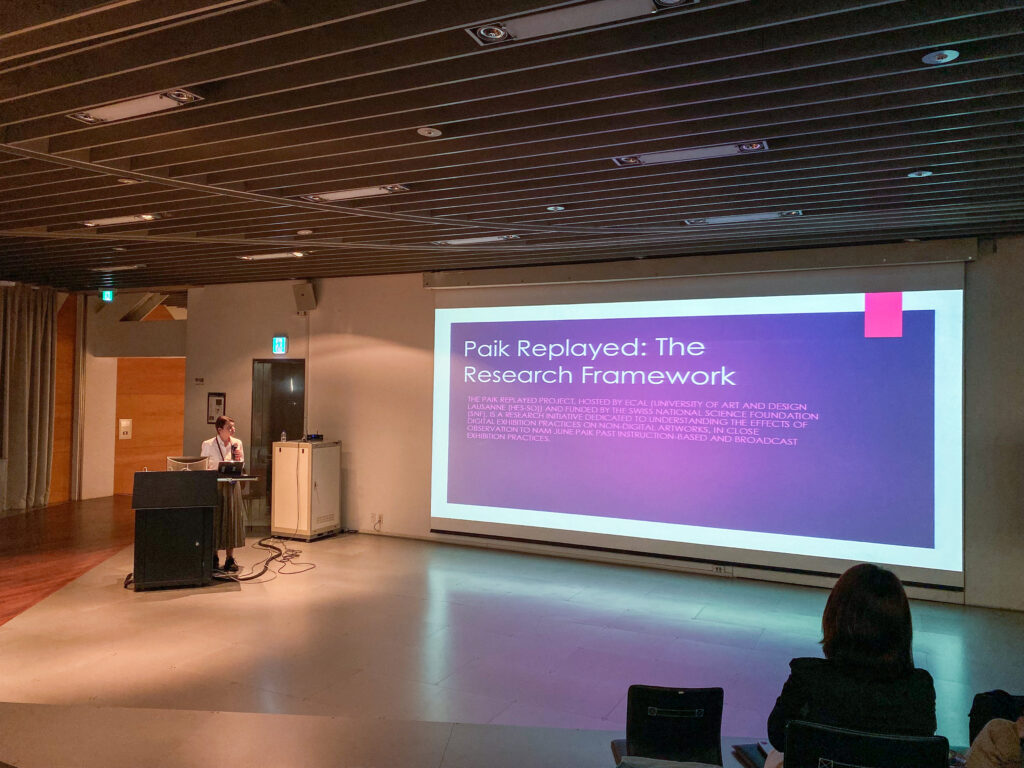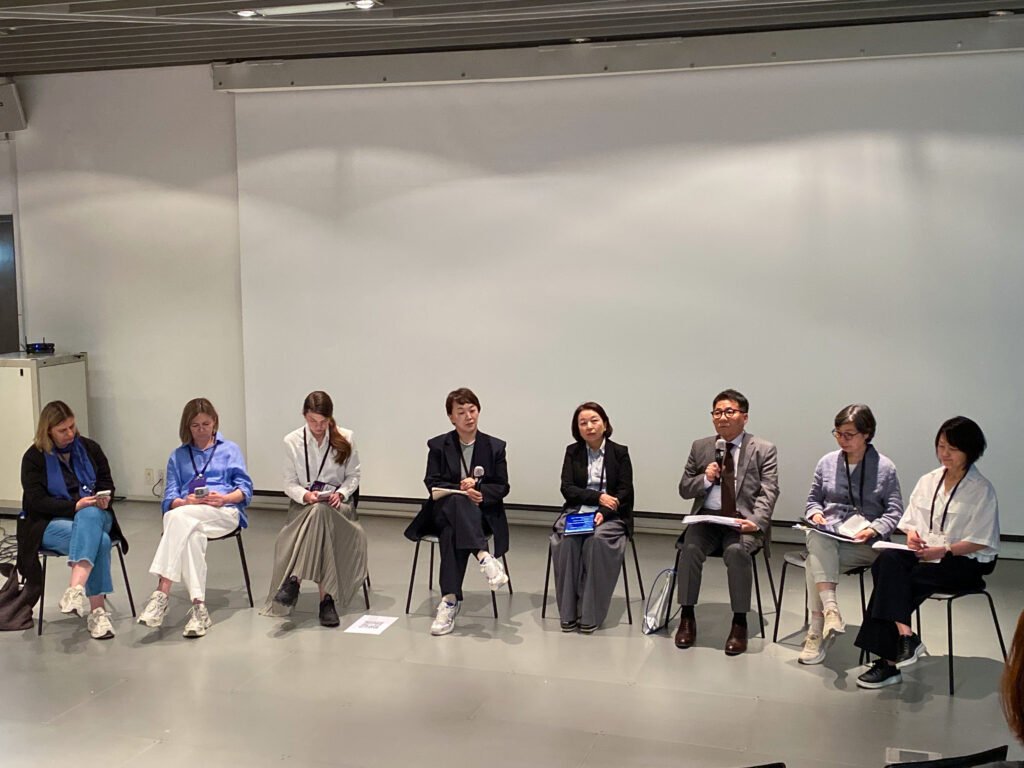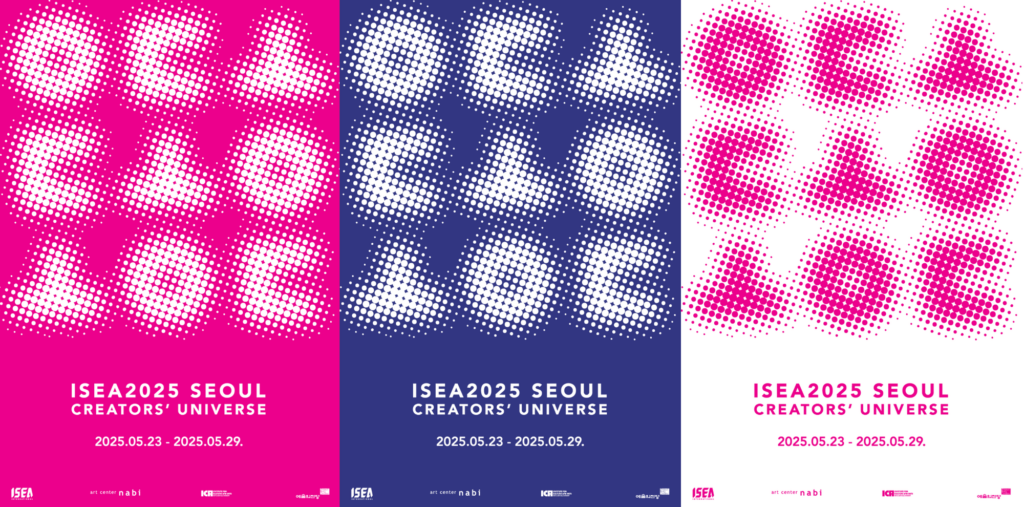
29th International Symposium on Electronic Art
In late May 2025, the Paik Replayed research team presented its first project outcomes during the 29th International Symposium on Electronic Art (ISEA 2025) in Seoul. Our participation was part of the peer-reviewed academic program and took place within the special track, “Nam June Paik – Live Science Fiction Movie,” organised by the Nam June Paik Art Center and chaired by Sooyong Lee.
Our contribution consisted of a paper presentation and a panel discussion, representing early findings from Work Package 1, which focuses on the analysis of hybrid and digital exhibition practices and the development of an evolving taxonomy for curatorial formats.
Paper and Panel Overview
Lívia Nolasco-Rózsás presented the paper Paik Replayed: Non-Digital Art Transformed by Hybrid Exhibition Practices, co-authored with Patrick Keller and Erika Marthins. The presentation outlined the research framework and introduced a taxonomy-in-progress for understanding hybrid exhibitions that combine digital and physical elements. The panel, moderated by Erika Marthins, was titled Symphony for 20 Rooms (N.J. Paik, 1961) as a Source and Creative Tool for Practice-Based Research on Digital and Hybrid Exhibitions. It gathered perspectives from Patrick Keller (ECAL), Han Noori (MMCA / NJP Art Center), and Lívia Nolasco-Rózsás, who reflected on the curatorial potential of Symphony for 20 Rooms as a speculative framework for rethinking online and hybrid exhibition formats.
First Outcomes and Next Steps
This presentation marked the first public dissemination of Paik Replayed and introduced the methodological approach of Work Package 1, which combines case mapping, taxonomy-building, and curatorial analysis. The research utilises Nam June Paik’s unrealised score, Symphony for 20 Rooms, as a conceptual tool to interrogate exhibition formats “at a distance.”
Both papers will be made available on this website in the coming months. These outcomes form the foundation for the next stages of the project, including prototyping and user studies to be carried out in Work Packages 2 and 3.
